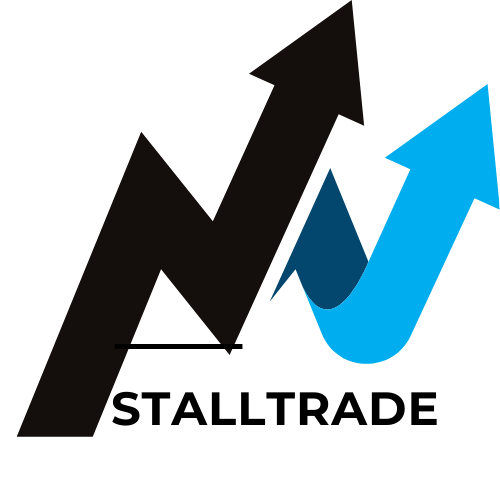Introduction
If you’re new to investing, ETFs — or Exchange-Traded Funds — offer one of the safest and easiest entry points into the stock market. They combine the diversification of mutual funds with the flexibility of stocks, giving you the best of both worlds. In this beginner-friendly guide, we’ll break down what ETFs are, how they work, and why they should be part of your investment strategy in 2025.
What is an ETF?
An Exchange-Traded Fund (ETF) is a basket of securities — like stocks, bonds, or commodities — that can be bought and sold on stock exchanges, just like individual shares. Instead of picking one company to invest in, you’re investing in a group of them.
Example:
The S&P 500 ETF (SPY) includes 500 of the largest U.S. companies. Buying one share of SPY gives you exposure to all of them.
Types of ETFs
- Index ETFs – Track a specific market index (e.g., S&P 500, NASDAQ).
- Bond ETFs – Focused on government or corporate bonds.
- Sector ETFs – Target specific industries (e.g., tech, healthcare, energy).
- Thematic ETFs – Track trends like AI, green energy, or blockchain.
- International ETFs – Provide exposure to foreign markets.
Why Beginners Love ETFs
- Diversification: Reduce risk by spreading your investment across multiple assets.
- Low Cost: Most ETFs have lower fees than mutual funds.
- Liquidity: You can buy/sell them throughout the trading day.
- Passive Income: Many ETFs pay dividends quarterly.
How to Choose the Right ETF
Key factors to consider:
- Expense Ratio: Annual management fee. Look for < 0.20%.
- Performance: Past performance isn’t a guarantee, but it helps.
- Holdings: Make sure you’re comfortable with the underlying assets.
- Volume and Liquidity: Higher is better for trading.
Getting Started with ETFs
You’ll need:
- A brokerage account (e.g., Fidelity, Charles Schwab, Robinhood)
- $100–$500 minimum investment
- A clear financial goal: long-term growth, dividend income, or exposure to a specific sector
Conclusion:
ETFs are an excellent gateway into investing. They’re beginner-friendly, require little maintenance, and provide broad exposure with minimal risk. For those just starting out, building a portfolio of 3–5 well-chosen ETFs can be the smartest first step.
📥 Want help picking your first ETFs? Download our free “ETF Starter Checklist” at StallTrade.com/etf-checklist



Hi, this is a comment.
To get started with moderating, editing, and deleting comments, please visit the Comments screen in the dashboard.
Commenter avatars come from Gravatar.